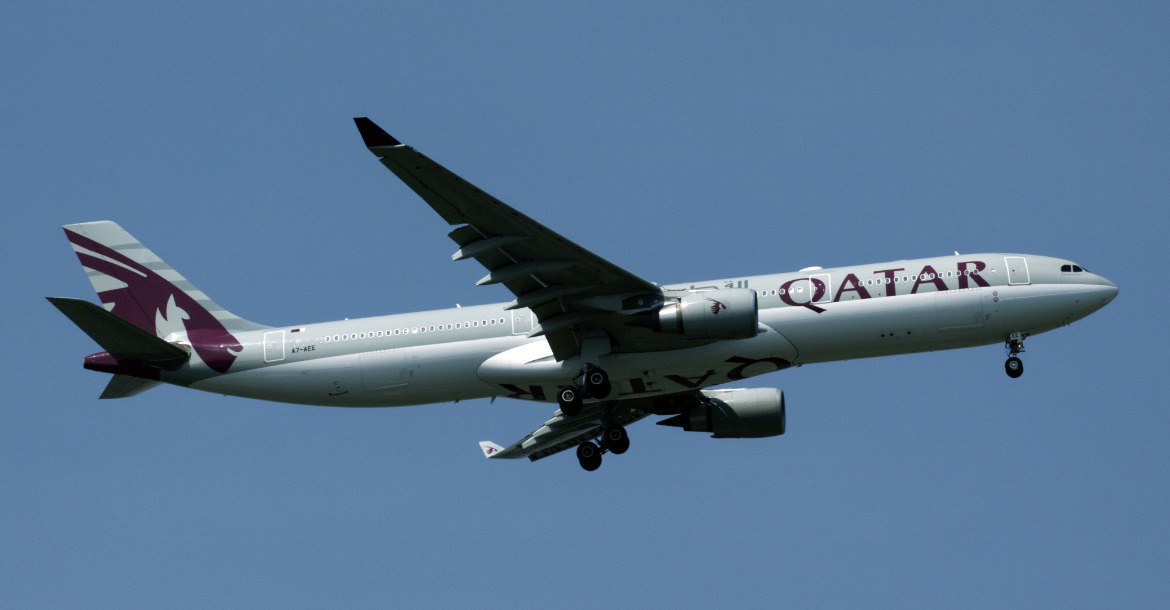
Qatar Airways’ usual flight schedule will see a dramatic shift for the duration of the World Cup, with around 7 per cent of its flights cut.
The airline is significantly altering its ordinary flight schedule while the World Cup runs, with a pivot away from its usual focus on transit passengers due to differing demands during the one-month event.
The main consequences of Qatar Airlines’ changes are that it is reducing flights on many of its routes while increasing frequency massively on others.
Throughout the World Cup, Qatar will not be flying from Doha International. The airport has recently reopened to passenger airlines, following its closer to passenger flights eight years ago.
Qatar Airlines is the outlier in this sense, as 12 other airlines will be operating out of Doha International. Even though Qatar Airways won’t be operating out of the newly reopened airport, it will still reap the benefits while operating out of Doha Hamad.
Pressure on Doha Hamad will be significantly alleviated with the reopening of the second airport for passenger airlines. Doha Hamad is also soon due to expand its terminals, which will significantly benefit Qatar Airways.
Qatar Airways’ attention during the World Cup will shift from its usual broad international focus to a more targeted flight schedule. Flights to Asia and Africa are set to drop by 23 per cent and 19 per cent respectively, while flights in the Middle East are set to rise 8 per cent, and flights to and from South America are set to rise by 24 per cent.
The decision to reduce flight numbers is also calculated to assist the rest of the Qatari airline industry, allowing smaller operators to grow during the key period.
Operators aside from Qatar Airways are set to be adding up to 75 per cent more services, with average numbers going from 2,313 to 4,025.
Eighteen key routes have been identified by Qatar Airways as being particularly significant. For instance, the airline will run 10 daily services to Dubai World Central — a route that will be operated only within the duration of the World Cup.
In Europe, destinations of note include Belgrade, Copenhagen, Madrid, Manchester and Zurich, while other key routes include Dammam, Medina, Maputo, Mashhad, Miami, Sao Paulo, Singapore, Tehran, and Zagreb.
The majority of these routes will see multiple flights daily, a significant increase over the ordinary flight numbers.










